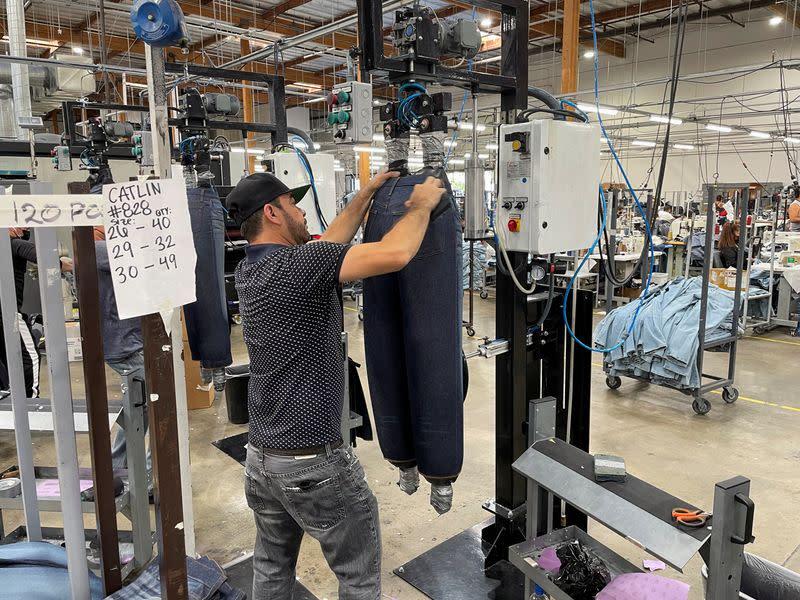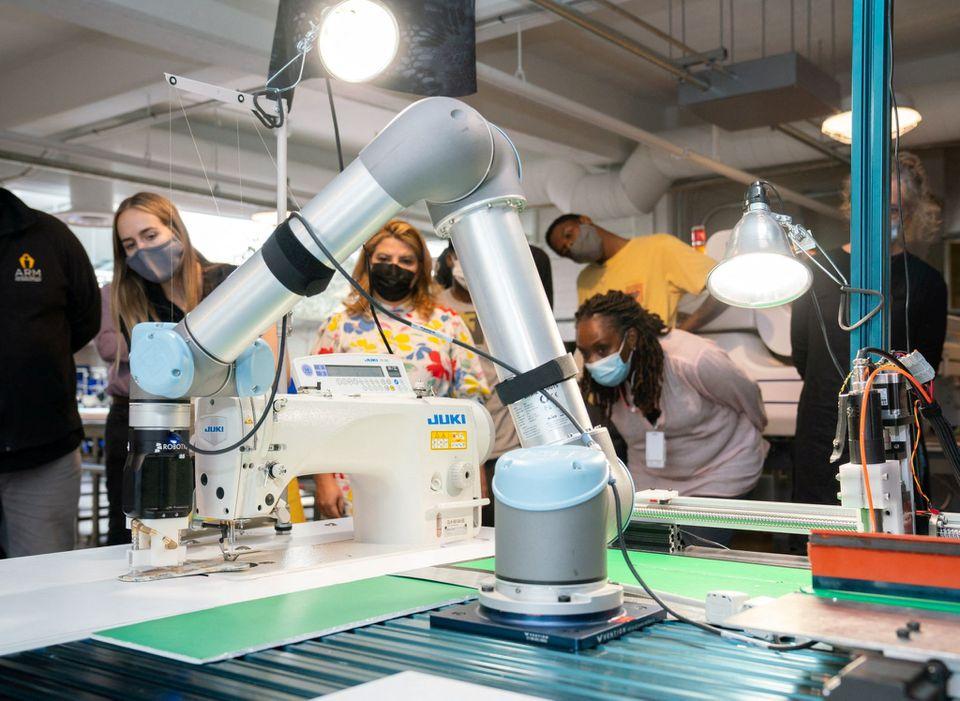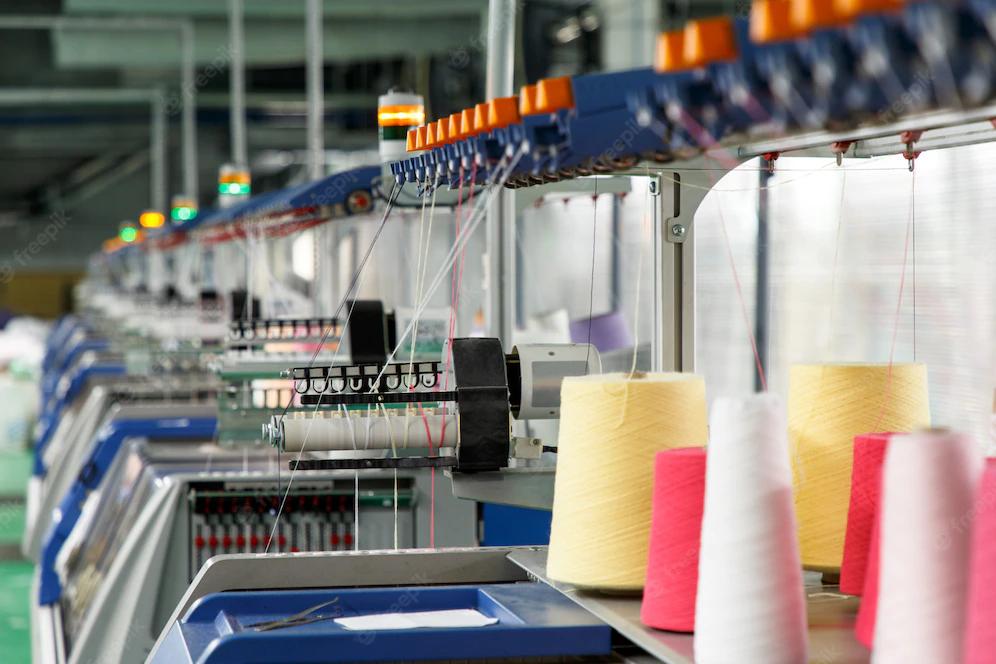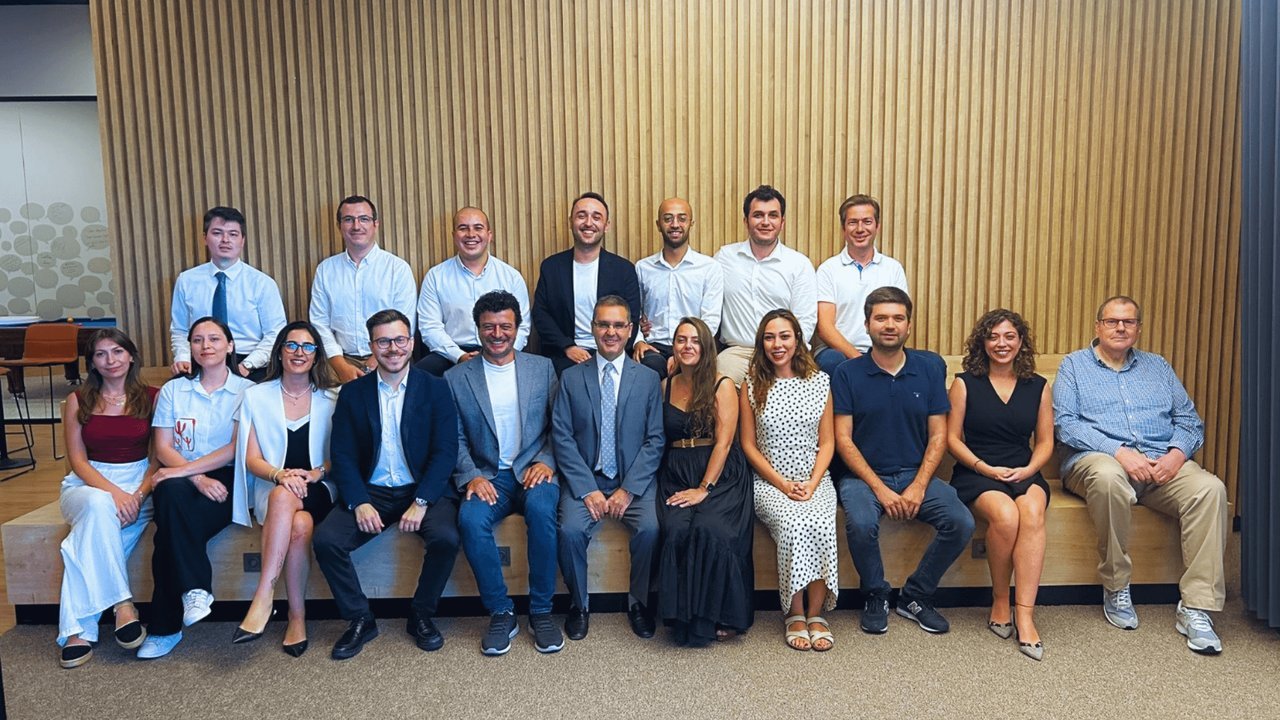The idea of using robots gained momentum during the pandemic, as complex supply chains highlighted the risks of relying on remote factories. "Apparel is the last trillion-dollar industry that has not been automated," said Eugen Solowjow, who heads a project at a Siemens lab in San Francisco that has been working on the automation of garment manufacturing since 2018. Finding a way to eliminate manual labor in China and Bangladesh will allow more garment production to return to Western consumer markets, including the US. But this is a sensitive issue. A spokesperson for Levi's said the company could confirm that it was involved in the early stages of the project but declined to comment further.
Also See: Britain, Italy and Japan’s New Artificially Intelligent Fighter Jet Project
Robots Don't Have the Skillful Touch Possible with Human Hands

Unlike a car bumper or a plastic bottle that holds its shape as a robot grips it, the fabric is loose and comes in an infinite range of thicknesses and textures. Robots don't have the deft touch possible with the human hand. Robots are improving, of course, but it will be years before they fully develop fabric-handling skills, according to five researchers interviewed by Reuters. But what if enough can be done by machine to close at least part of the cost gap between the United States and low-cost foreign factories? That's the focus of the research effort currently underway.
Solowjow said that working at Siemens stemmed from efforts to develop software to guide robots that can process all kinds of flexible materials such as thin wire cables, adding that they soon realized that one of the most mature targets was clothing. The global apparel market is estimated to be worth $1.52 trillion, according to independent data platform Statista.
Siemens has teamed up with the Advanced Robotics for Manufacturing Institute in Pittsburgh, founded in 2017 and funded by the Department of Defense to help legacy manufacturers find ways to use new technology. They identified a startup in San Francisco with a promising approach to the floppy fabric problem. Instead of teaching robots how to use the fabric, startup Sewbo Inc. hardens it with chemicals so it can be used more like a car bumper during production. "Almost every piece of denim is washed after it's made, so this fits into the current production system," said Zornow, Sewbo's inventor.
First Step: Bringing Robots into Clothing Factories

This research effort eventually grew to include several clothing companies, including Levi's and Bluewater Defense LLC, a small US-based manufacturer of military uniforms. They received a $1.5 million grant from the Pittsburgh robotics institute to test the technique. There are other efforts to automate sewing factories. Software Automation Inc, a startup in Georgia, for example, has developed a machine that can sew T-shirts by pulling the material onto a specially equipped table.
Sanjeev Bahl, who opened a small jeans factory called Saitex in downtown Los Angeles two years ago, has studied Sewbo machines and is preparing to install his first experimental machine. As he led the way through his factory in September, he pointed to workers bent over old-style machines and said many of those tasks were ripe for the new process. "If it works, I don't think there's any reason why we can't have large-scale (jeans) production in the US again," he said.





No comments yet for this news, be the first one!...